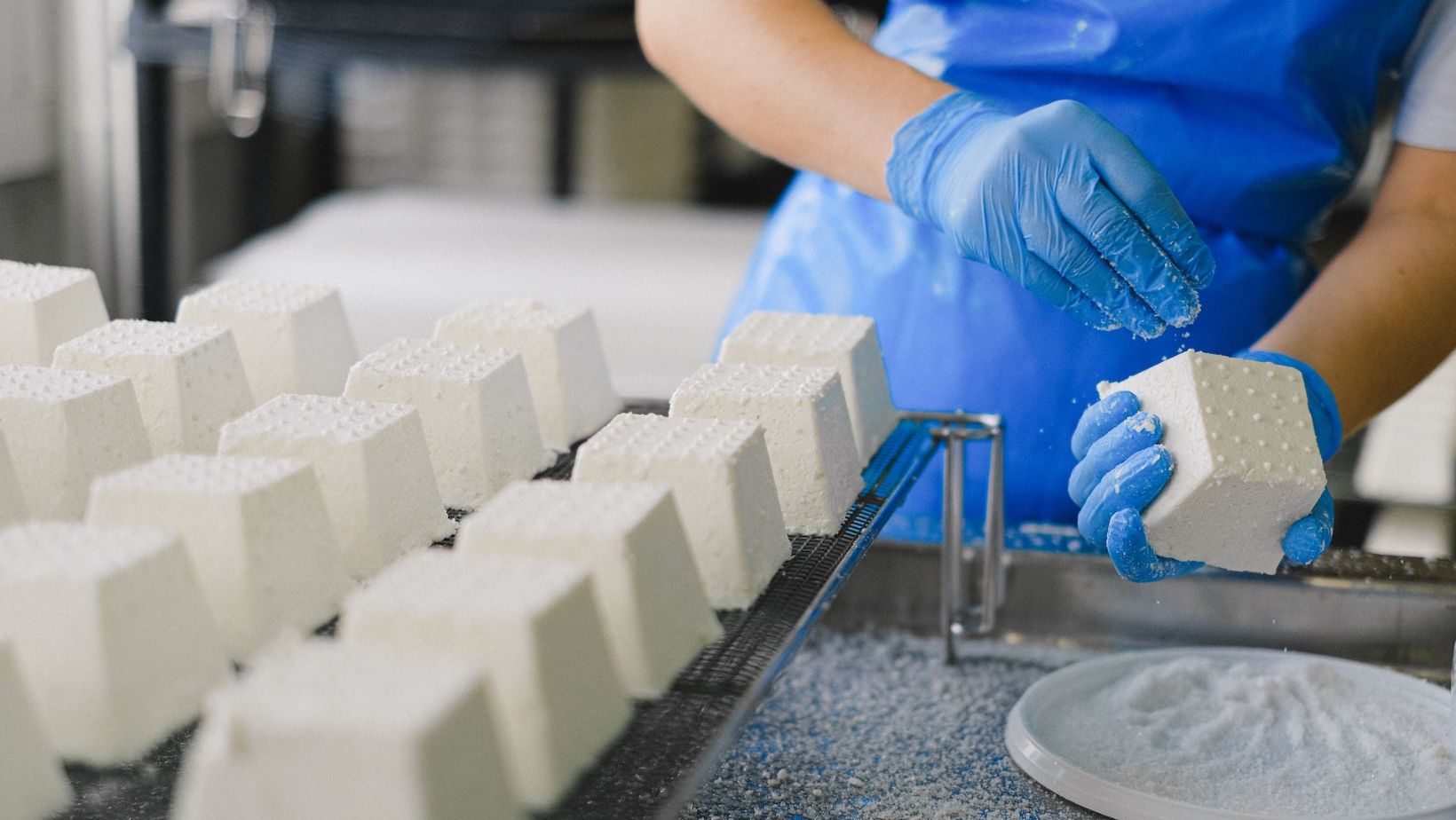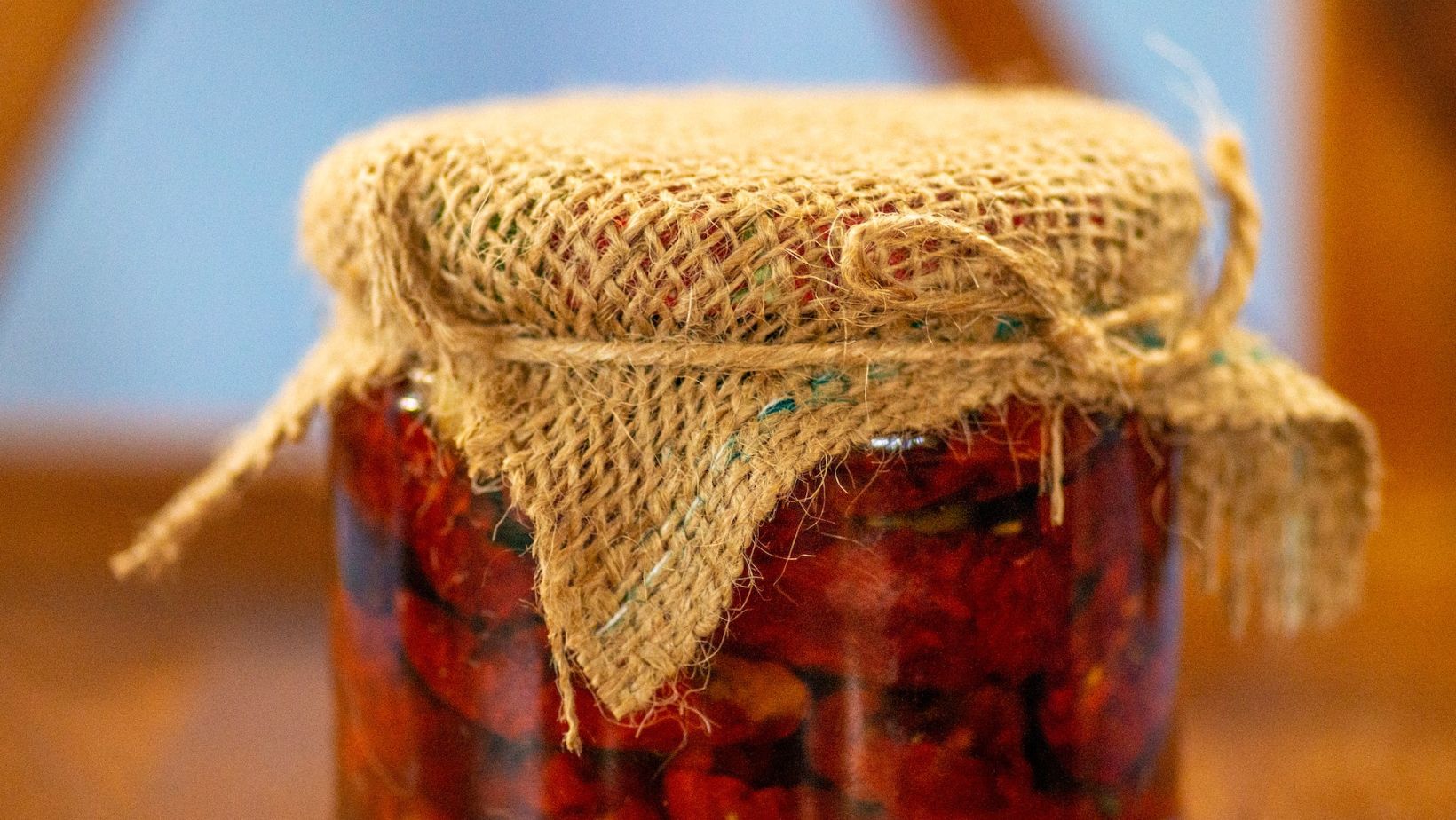What You Need to Know About Food Packaging Automation

Food production has evolved into a powerhouse of economic growth and nutritional sustenance, standing as one of the most rapidly expanding sectors. This sector has evolved to embrace technology and automation, revolutionizing the conventional manual methods of food product packaging.
The integration of cutting-edge technology has not only amplified production earnings but also ensured a standardized appearance of products, upheld hygienic handling practices, and slashed operational expenditures.
In fact, according to studies by the Association for Packaging and Processing Technologies, approximately a third of facilities used for food processing now employ robotics. In the last few years, robotics has been used in 94% of food packing activities, according to a different survey the group performed. In this article, let’s explore what food packaging automation is, its benefits, and trends.
What Is Food Packaging Automation?
Food packaging automation signifies the strategic integration of technological advancements to optimize the packaging process. With food packaging, two distinct phases emerge primary and secondary packaging.
The primary packaging phase packs food within protective layers, while the secondary phase follows as products are meticulously made into smaller cases or packages. Currently, food manufacturers use various innovations, including delta robots, vision-guided robotic arms, and autonomously guided machines.
Benefits of Food Packaging Automation
Higher Volume of Output in Less Time
Embracing automated packaging systems supersedes traditional recourse to human labor, particularly when expediting production or scaling up volume becomes imperative.
Robots and automated systems have several important benefits over conventional food processing techniques. Robots that pack food, for instance, are capable of performing the same activity repeatedly with little to no change in accuracy. These machines can work continuously because, unlike human laborers, they never get weary.
Operation Accuracy Has Increased
All people will inevitably make mistakes. However, it can also be highly expensive for the business. As a result, boosting quality assurance is paramount in the gastronomic sector, which is facilitated by automated packaging systems. By mitigating human-related mistakes, businesses can increase profitability and efficiency.
Increased Food Safety
The possibility of bringing microorganisms from other places is decreased by the stationary nature of automated food-packing equipment. While a marginal risk of cross-contamination remains, stringent adherence to hygiene protocols mitigates these hazards significantly.
Lower Labor Costs
Companies can dramatically cut costs by installing automated food packaging systems in the plants. This paradigm shift doesn’t entail displacing human workers but, rather, simplifying their tasks. Automation centers on simplifying labor-intensive processes through the incorporation of packing robots and automation, ultimately increasing overall efficiency.
Food Packaging Automation Types
Robotic Packaging
Products like cereals, nuts, and ready meals that are packaged in pouches are best suited for this fully integrated and automated robotic packaging process. In high-yield food manufacturing environments, the integration of robotic packaging technologies enhances operational flexibility, with programmability improving performance metrics.
Motion Wrapper
Suited for confections, baked goods, and snack items, the motion wrapping technique encapsulates edibles in a protective film. Distinguished by a conveyor system and boasting an impressive wrap speed of up to 120 packs per minute, this trend resonates with heightened output and diminished labor expenses.
The transparency of this wrapping technique emerges as a pivotal consumer-centric attribute, facilitating the discernment of enclosed contents.
Case Packaging Method
The case packaging system enables quick box assembly after the production line. In order to prepare boxes for delivery, it accurately fills them with food products and seals the containers.
The mechanism loads and closes according to a predetermined schedule. Plus, it can be used to pack aluminum cans, pet bottles, tetra packs, and bottled beverages. Other food items, such as pizza boxes or food in pouches, can also have the system customized.
Endnote
As the food industry marches towards an automated future, embracing technology becomes paramount. Automation isn’t just about efficiency; it’s about elevating the very essence of food packaging to a realm of excellence that ensures product integrity, safety, and adherence to global standards.






